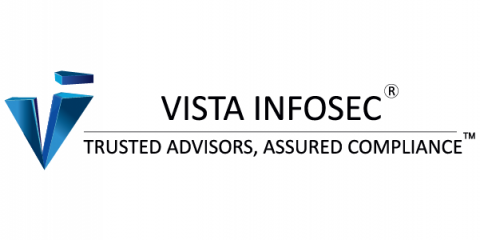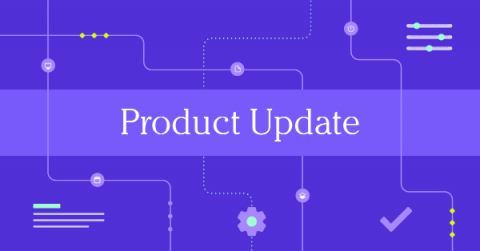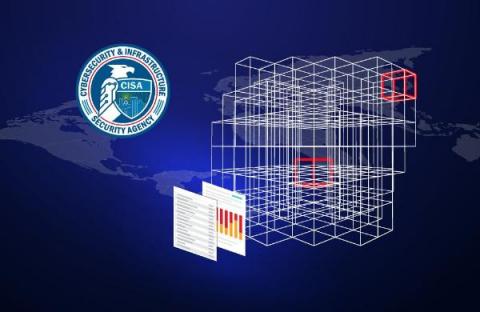VI Achieves SOC2 -Type1 Certification For Managed Security Services
VodafoneIdea Limited, a leading Indian Telecom Operator has successfully achieved SOC2 Attestation. After undergoing a rigorous auditing process, VodafoneIdea achieved SOC2 Attestation from VISTA InfoSec, a well-known Global Cybersecurity Consulting, and Certification organization. The SOC2 Audit and Attestation is an assessment of internal controls and security practices conducted by the independent auditors of VISTA InfoSec.











